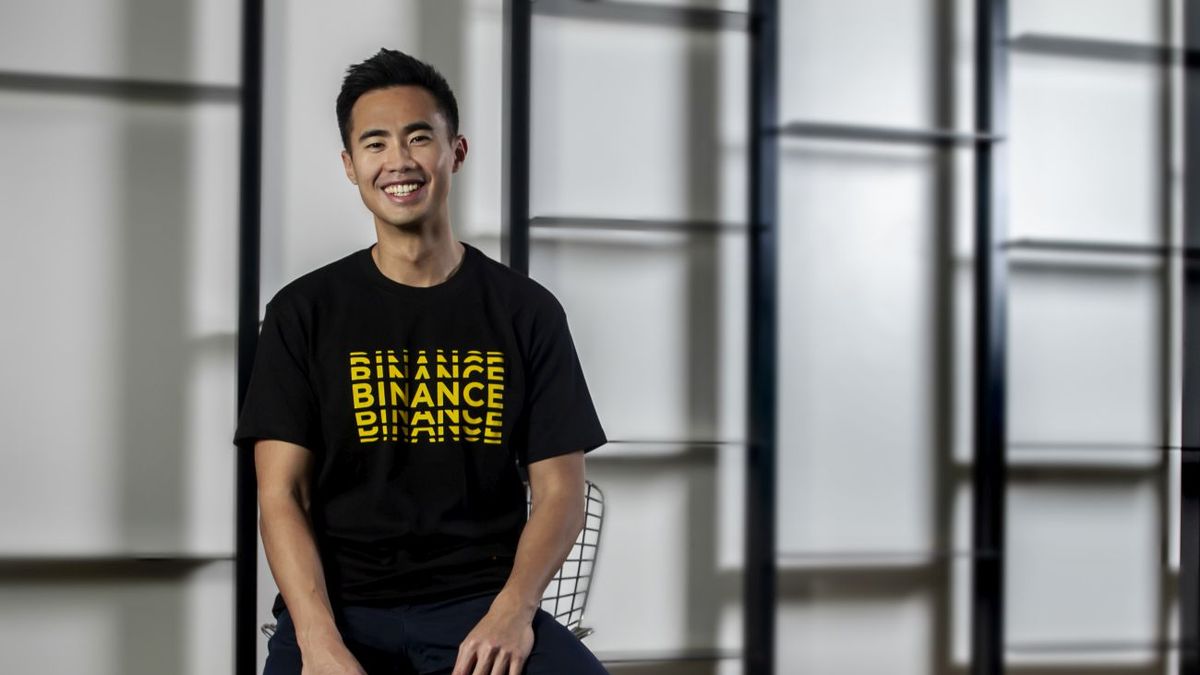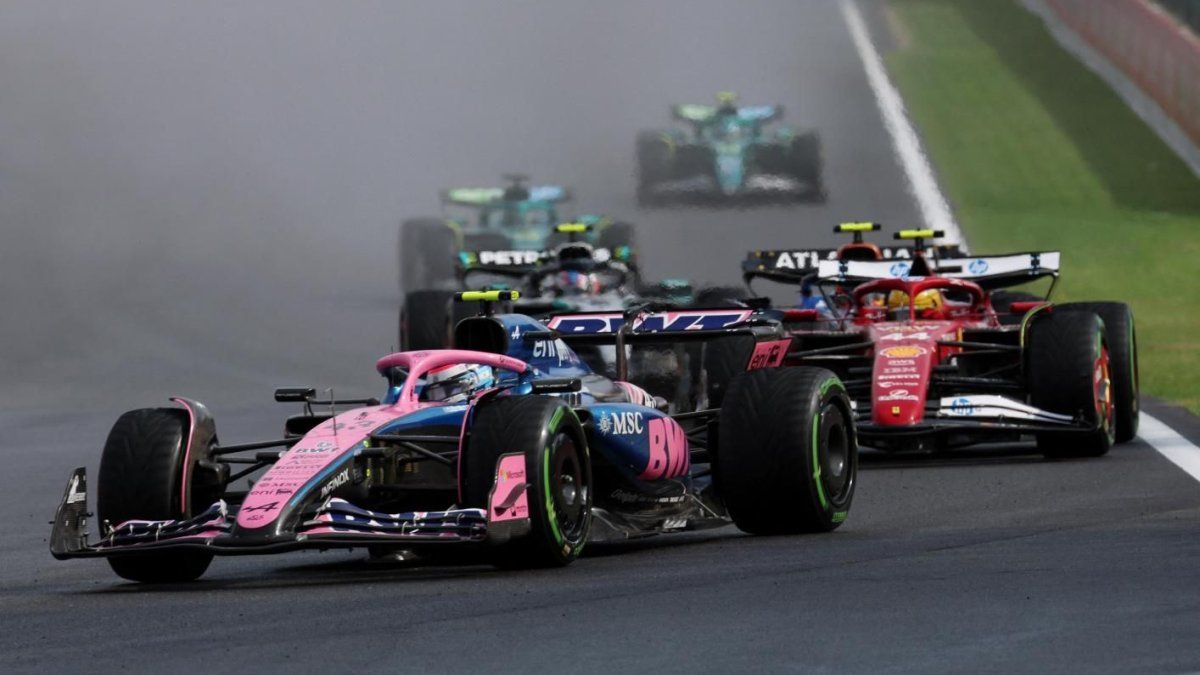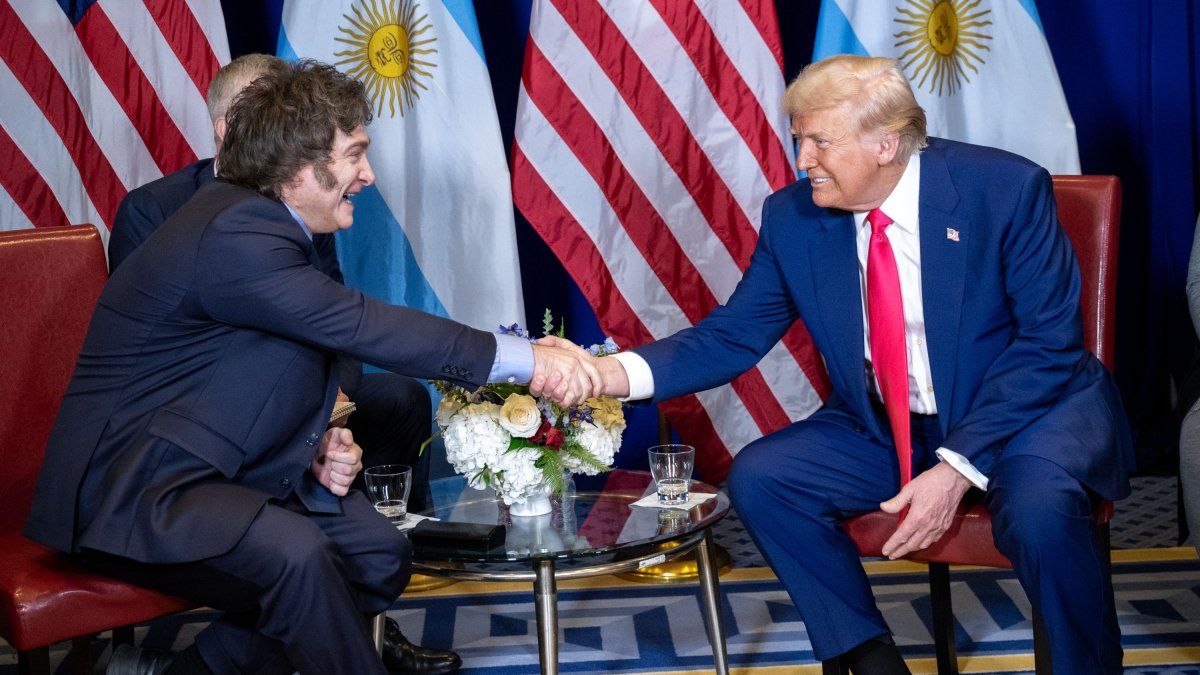According to a Mastercard study conducted in 2022, 51% of Latin American consumers have already made a transaction with crypto assets. In Latin America, cryptocurrencies as a means of payment are used mainly for everyday purchases, led by clothing stores, supermarkets, restaurants and car transport services, according to research by Binance. “At the regional level, this year Binance will also continue to expand its educational partnerships and social actions, with the intention of continuing to educate and train communities, including the less advantaged, about the opportunities offered by blockchain and Web3”, Min Lin pointed out.
Journalist: You were born in Taiwan, you have oriental features, but you consider yourself more Latino than Chinese, why?
Min Lin: I’m originally from Taiwan, but my family moved to Central America when I was 5 years old, and I lived there until I was 17. That’s why I learned Spanish, and although I speak Chinese, I can’t write or read it, so I’m more Latino than Oriental. Then I moved to Thailand, China, and then went to Hong Kong, where I studied for five and a half years, and worked in investment banking for Goldman Sachs in the Global Markets division.
Q.: Why did you decide to land in the crypto ecosystem, after working for years in the world of traditional financial markets?
ML: In the traditional financial market, I observed that access to financial products is not very common in regions like LATAM. At Goldman, I wanted to see what kind of products or companies could give everyone financial access, and I found that blockchain technology and the crypto ecosystem are very powerful for ordinary people to be financially included. Then I saw that the Binance story was very beautiful in this sense, and that is why I decided to change jobs in 2021 and join this company. I started focusing on company strategies, creating alliances with other companies and also promoting crypto regulations. And under this new position of VP for the region, I am in charge of the operation in LATAM, carrying out the strategies, and defining investments in products and services for our users.
Q.: Until then, what relationship did you have with cryptocurrencies, had you invested in them?
ML: I invested very late. I just got into the 2021 bull market. During the pandemic, I was learning about the crypto ecosystem, because before investing in something, it is very important to educate yourself about it. In those years I learned about crypto and blockchain at Binance Academy, which is very simple really.
Min Lin Binance vertical.jpg
Q.: After Bitcoin’s record of almost $70,000 in 2021, the collapse of 2022, with many negative events for the ecosystem, such as the fall of Terra, or the bankruptcy of FTX, and the rebirth of the first semester 2023, at what point in the evolution of the short history of crypto are we today?
ML: If you look at the crypto cycle we always have, like all markets, bearish and bullish cycles. Every four years there are price adjustments in the cryptocurrency market. Today the most interesting thing we are seeing is the following: before, crypto investors were people who already had experience, such as institutional agents, but now there are many ordinary people who have Bitcoin, it is more than 50%, which means that prices are already stabilizing, and having less volatility than in the past. Furthermore, in Latin America adoption represents 9% globally, according to a report by Chainalysis. That meant an impressive growth of 40% from 2021 to 2022. With which, we see that there are many opportunities to grow in the crypto ecosystem. At the same time, we are seeing that many regulators and central banks are already joining the crypto opportunity, they are seeing how it can be regulated, in Brazil, here in Argentina, in Colombia, etc. There are already several regulations that will enter into valid this year.
Q.: Is having a regulatory framework a necessary condition for crypto development in LATAM? What other events must occur for the definitive takeoff of this market in the region?
ML: It is very important to have very clear regulatory frameworks. Brazil, for example, has just announced that the Central Bank will be the regulator of crypto. Having regulations is key for investors, for all market participants in general, who must have confidence in the platforms. Second, we must look at innovation in products and services for the Latin American market. At Binance, we are developing products that help to have greater financial inclusion, such as remittances, or Binance Pay to pay daily living expenses through the QR code, which allowed us to have Despegar as a partnership. And the most important thing, I think, is education. For us, continuing the effort to educate people is important because there are many people who land in the crypto market for mere speculation. It is essential to understand the projects in which you want to invest. We have made many alliances with Argentine universities to continue offering blockchain education, and the crypto ecosystem.
Q.: Do you think a global regulation of the crypto market is possible?
ML: It would be very difficult because the crypto environment is very different between the governments of each country. But the industry and regulators have the same goal, which is to provide users with a secure and trustworthy platform. That is why we have many internal regulations in our company about what Know Your Customer (KYC) is, which is very strict. We have many steps to target the users who are using the platform and detect that they are legitimate. We are investing a lot of money in that type of protection for users: around $80 million in issues like Compliance, KYC, etc.
Q.: To what extent were you harmed by the US Securities and Exchange Commission (SEC) lawsuit against Binance US and Coinbase? Can you give figures of the withdrawals suffered from that event?
ML: Yes, we have seen withdrawals from the platform. Although the biggest ones we had were last December: between the 12th and 14th of that month there were US$6 billion in withdrawals and we handled that without any problems. There aren’t many financial companies that have the capacity to process that number in just three days and deal with those withdrawals. Our platform gives users a lot of confidence because their cryptocurrencies are protected, we have passed the stress test. Now we had few withdrawals, and we are seeing that they are stabilizing, because finally the users understand that Binance never had problems, unlike other global platforms.
Q.: How do you see the current price of Bitcoin, and how long do you think it could take to return to the all-time high of November 2021?
ML: It is very difficult to predict. If you were to ask Changpeng Zhao (Founder and CEO of Binance) he would tell you the same thing. Beyond this, we see that the prices of cryptocurrencies, in particular Bitcoin, have great potential because many companies are joining the ecosystem. In recent weeks, BlackRock introduced a Bitcoin futures ETF. It’s impressive that companies that have a market value of $3 trillion are joining the market. We see that the opportunity continues to grow and that people start to use cryptocurrencies. At Binance we are working with the Bitcoin Lightning Network to make transfers much cheaper and faster. If more people adopt cryptos, we would have a better chance of seeing prices rise.
Q.: How is the use of cryptocurrencies on the Binance platform in Argentina, compared to countries in the region? In which is more invested?
ML: In Argentina we see that there is a lot of use of stablecoins, such as USDT or USDC, which are used as a means of payment, through Binance Pay, to make transfers, but also as a security for value. We have recently formed an alliance with Despegar, to buy tickets or stays with cryptocurrencies. In other countries, we also see many people using Binance to make remittance transfers, at a much lower cost than, for example, Western Union. We are analyzing new blockchain solutions to further reduce the costs of remittances, it is something specific to Latin America.
Q.: What are Binance’s plans for the next few years in Argentina?
ML: In Argentina we are waiting for the crypto regulations to be clarified. We want to continue working together with regulatory bodies so that users have confidence, and so that we have clarity on how to operate in the country. Argentina continues to be one of the most active countries in the crypto ecosystem. According to Chainalysis, it is one of the five most active countries in Latin America. The payment segment in the country is very important, with which we continue to develop alliances with more companies in order to facilitate the use of crypto, and that it is not only a speculative investment.
Q.: Linked to the latter, do you think that Bitcoin is over the debate on whether it is a speculative investment or a store of value? What is essentially for you?
ML: Bitcoin is essentially a technology that no one can control, not governments, not platforms, not users. That is the power of the crypto ecosystem. So the price of Bitcoin and its fluctuation is determined by a market of buyers and sellers, that is, it is very independent. What’s more, if you think that the last of the 21 million planned will be broadcast in 2149, it ends up being a very interesting concept. if you have read the book “The Bitcoin Standard: The Decentralized Alternative to Central Banking” you can see how the history of money has evolved: first we had shells or rocks as money, then metal coins, gold, fiat currencies. Bitcoin is an important concept to see how it works and how it interacts with the traditional financial system. It is very important to have an alliance with traditional financial systems because most people still use fiat currencies, such as the dollar.
Source: Ambito
I am a 24-year-old writer and journalist who has been working in the news industry for the past two years. I write primarily about market news, so if you’re looking for insights into what’s going on in the stock market or economic indicators, you’ve come to the right place. I also dabble in writing articles on lifestyle trends and pop culture news.




